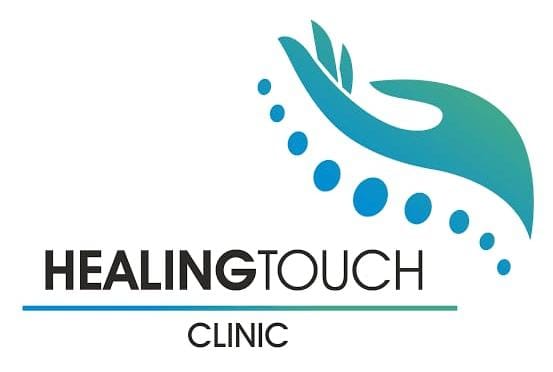+918048073364

This is your website preview.
Currently it only shows your basic business info. Start adding relevant business details such as description, images and products or services to gain your customers attention by using Boost 360 android app / iOS App / web portal.
Description
A hernia occurs when an organ or tissue pushes through a weak spot in the surrounding muscle or connective tissue (fascia). Hernias commonly occur in the abdomen but can also develop in the groin, upper thigh, or belly button. Types of Hernias Inguinal Hernia (Most Common – 70% of Cases) Occurs in the groin when part of the intestine protrudes through the abdominal wall. More common in men. Femoral Hernia Less common, occurs just below the inguinal ligament (more frequent in women). Higher risk of complications like strangulation. Umbilical Hernia Protrusion near the belly button, common in infants (often closes on its own). Can also affect obese adults or pregnant women. Incisional Hernia Develops at the site of a previous surgical incision. Hiatal Hernia Part of the stomach pushes into the chest through the diaphragm. Can cause acid reflux (GERD). Epigastric Hernia Occurs between the belly button and sternum due to weak abdominal muscles. Symptoms Visible bulge (may disappear when lying down). Pain or discomfort (worsens with coughing, lifting, or straining). Heaviness or pressure in the abdomen/groin. Burning or aching sensation at the bulge site. Digestive issues (in hiatal hernias: heartburn, difficulty swallowing). ⚠️ Emergency Symptoms (Seek Immediate Care!) Sudden severe pain, nausea/vomiting. Bulge turns red, purple, or dark. Inability to push the hernia back in. Fever (sign of infection or strangulation). Causes & Risk Factors Weak muscles (due to aging, surgery, or congenital defects). Straining (heavy lifting, chronic coughing, constipation). Pregnancy (increased abdominal pressure). Obesity (extra weight strains muscles). Smoking (weakens connective tissues). Family history of hernias. Diagnosis Physical exam (doctor checks for a bulge when coughing/straining). Ultrasound, CT scan, or MRI (for confirmation). Endoscopy (for hiatal hernias). Treatment Options 1. Watchful Waiting (If Small & Asymptomatic) Monitor for changes; avoid heavy lifting. 2. Lifestyle Changes (For Hiatal Hernias) Eat smaller meals, avoid spicy/fatty foods. Elevate the head while sleeping. Lose weight if needed. 3. Surgery (If Painful or Risk of Complications) Open Hernia Repair: Surgeon pushes the bulge back and reinforces the area with mesh. Laparoscopic Surgery: Minimally invasive, faster recovery. Robotic Surgery: Precise, used for complex hernias. Complications (If Untreated) Strangulation: Blood supply to the herniated tissue is cut off (life-threatening). Obstruction: Intestine becomes blocked, causing severe pain/vomiting. Recurrence: Hernia may return after surgery (5–10% risk). Prevention Tips Strengthen core muscles (exercise, but avoid excessive strain). Maintain a healthy weight. Avoid heavy lifting (use proper techniques if necessary). Treat chronic cough or constipation. Quit smoking (improves tissue strength).

